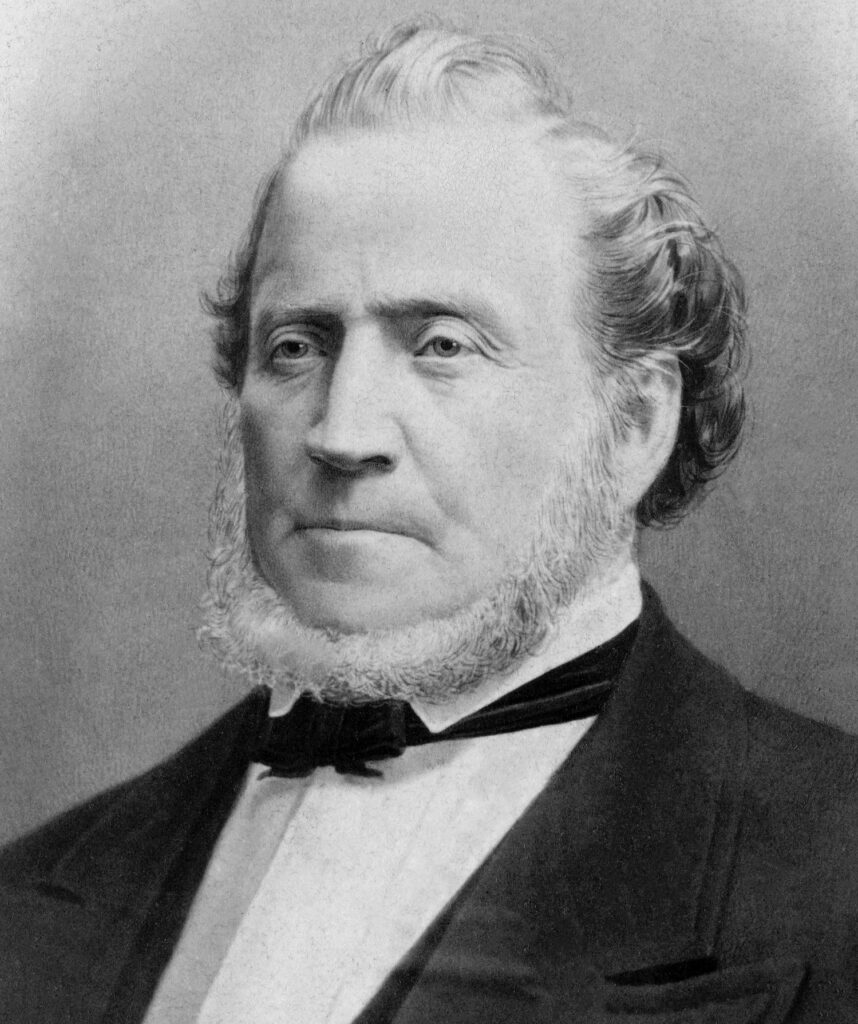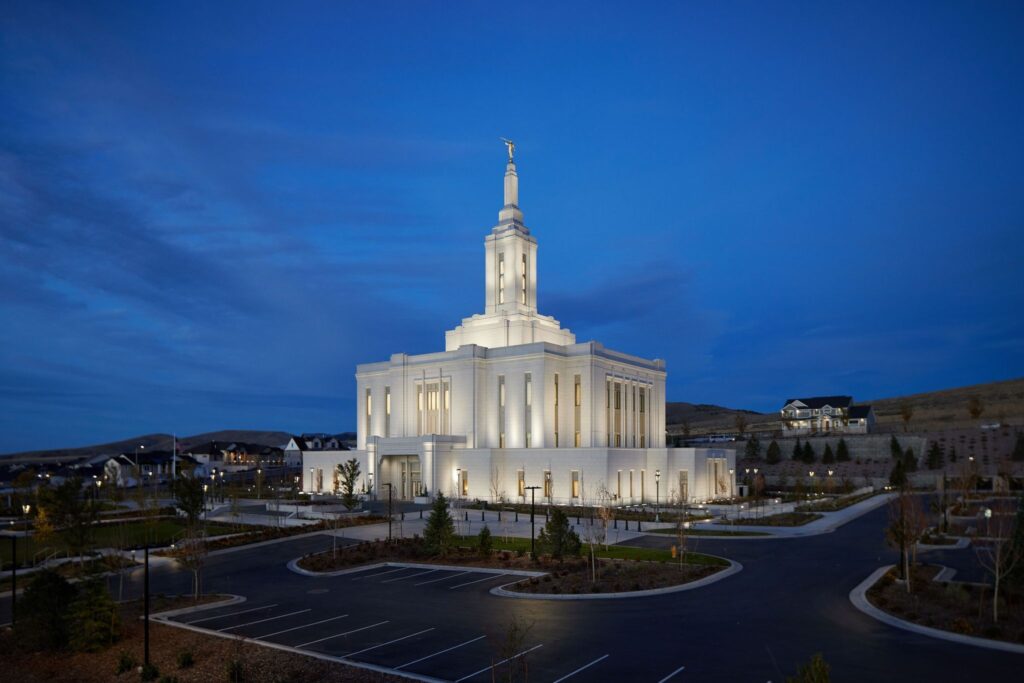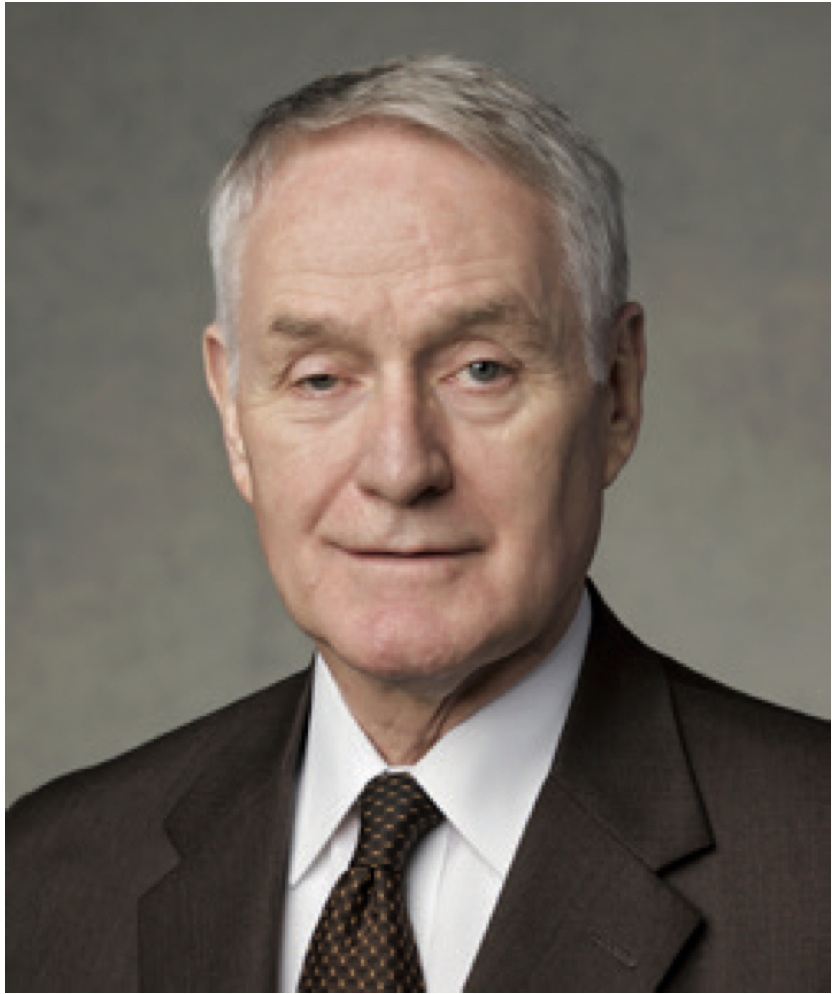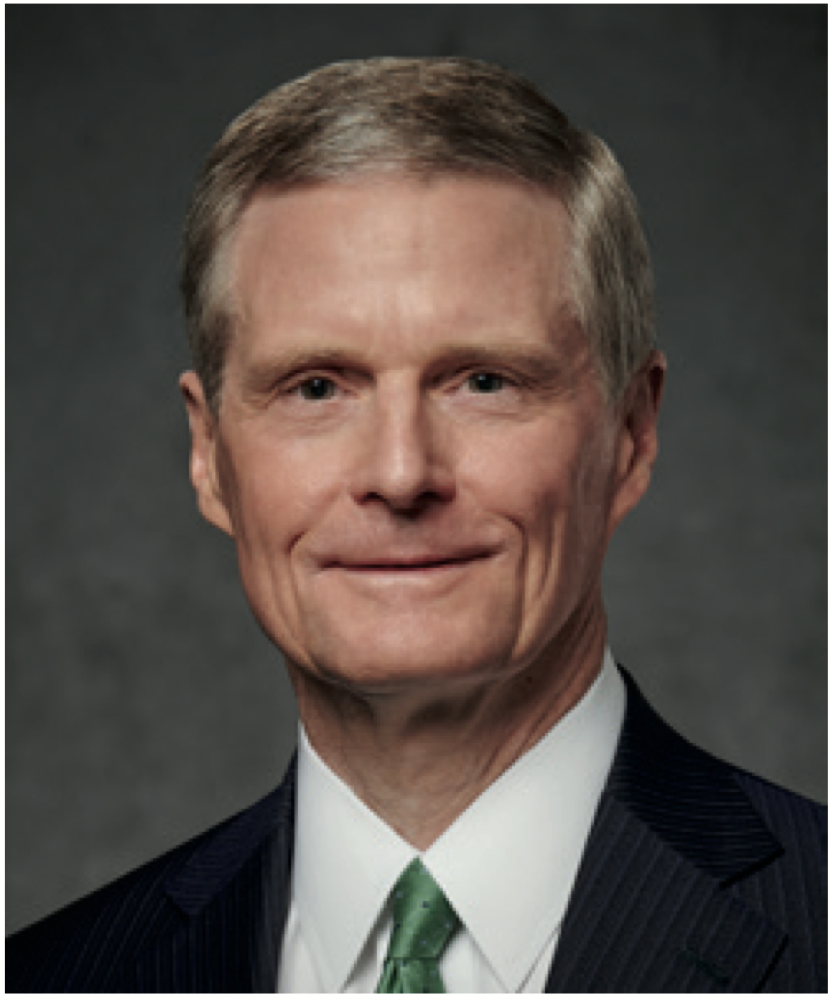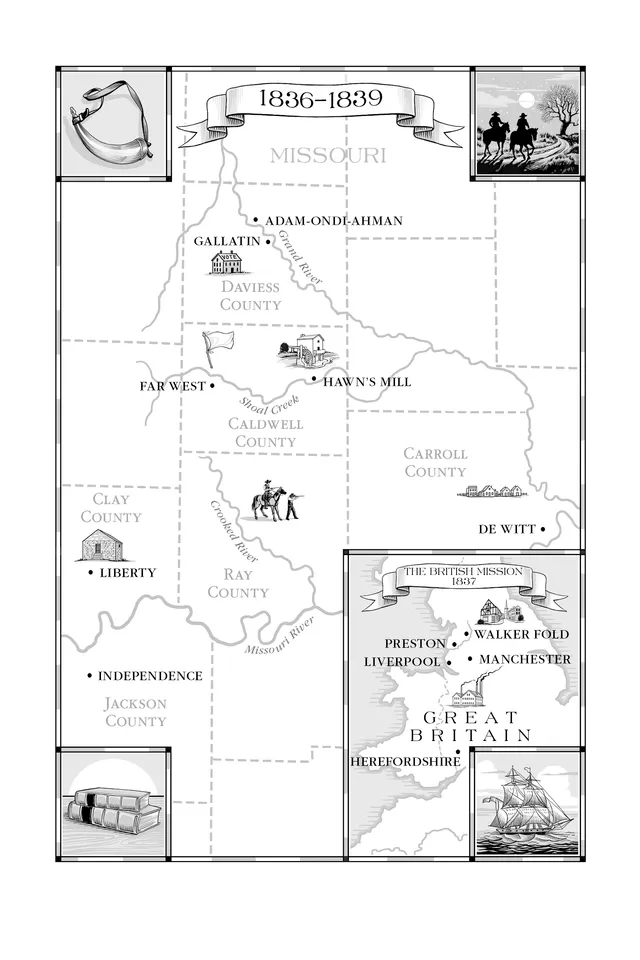III. The Godhead
Knowing the purpose of God’s great plan, we now consider the respective roles of the three members of the Godhead in that plan.
We begin with a teaching from the Bible. In concluding his second letter to the Corinthians, the Apostle Paul makes this almost offhand reference to the Godhead of Father, Son, and Holy Ghost: “The grace of the Lord Jesus Christ, and the love of God, and the communion [or fellowship] of the Holy Ghost, be with you all” (2 Corinthians 13:14).
This biblical scripture represents the Godhead and references the all-defining and motivating love of God the Father, the merciful and saving mission of Jesus Christ, and the fellowship of the Holy Ghost.
God the Father
It all begins with God the Father. While we know comparatively little about Him, what we know is decisive in understanding His supreme position, our relationship to Him, and His superintending role in the plan of salvation, the Creation, and all else that followed.
As Elder Bruce R. McConkie wrote just before his death: “In the ultimate and final sense of the word, there is only one true and living God. He is the Father, the Almighty Elohim, the Supreme Being, the Creator and Ruler of the universe.” He is the God and Father of Jesus Christ, as well as of all of us. President David O. McKay taught that “the first fundamental truth advocated by Jesus Christ was this, that behind, above and over all there is God the Father, Lord of heaven and earth.”
What we know of the nature of God the Father is mostly what we can learn from the ministry and teachings of His Only Begotten Son, Jesus Christ. As Elder Jeffrey R. Holland has taught, one of the paramount purposes of Jesus’s ministry was to reveal to mortals “what God our Eternal Father is like, … to reveal and make personal to us the true nature of His Father, our Father in Heaven.” The Bible contains an apostolic witness that Jesus was “the express image” of His Father’s person (Hebrews 1:3), which merely elaborates Jesus’s own teaching that “he that hath seen me hath seen the Father” (John 14:9).
God the Father is the Father of our spirits. We are His children. He loves us, and all that He does is for our eternal benefit. He is the author of the plan of salvation, and it is by His power that His plan achieves its purposes for the ultimate glory of His children.
The Son
To mortals, the most visible member of the Godhead is Jesus Christ. A great doctrinal statement by the First Presidency in 1909 declares Him to be “the firstborn among all the sons of God—the first begotten in the spirit, and the only begotten in the flesh.” The Son, the greatest of all, was chosen by the Father to carry out the Father’s plan—to exercise the Father’s power to create worlds without number (see Moses 1:33) and to save the children of God from death by His Resurrection and from sin by His Atonement. This supernal sacrifice is truly called “the central act of all human history.”
On those unique and sacred occasions when God the Father personally introduced the Son, He has said, “This is my beloved Son: hear him” (Mark 9:7; Luke 9:35; see also 3 Nephi 11:7; Joseph Smith—History 1:17). Thus, it is Jesus Christ, Jehovah, the Lord God of Israel, who speaks to and through the prophets. So it is that when Jesus appeared to the Nephites after His Resurrection, He introduced Himself as “the God of the whole earth” (3 Nephi 11:14). So it is that Jesus often speaks to the prophets of the Book of Mormon and to the Latter-day Saints as “the Father and the Son,” a title explained in the First Presidency and Quorum of the Twelve’s inspired doctrinal exposition just 100 years ago.
The Holy Ghost
The third member of the Godhead is the Holy Ghost, also referred to as the Holy Spirit, the Spirit of the Lord, and the Comforter. He is the member of the Godhead who is the agent of personal revelation. As a personage of spirit (see D&C 130:22), He can dwell in us and perform the essential role of communicator between the Father and the Son and the children of God on earth. Many scriptures teach that His mission is to testify of the Father and the Son (see John 15:26; 3 Nephi 28:11; D&C 42:17). The Savior promised that the Comforter will teach us all things, bring all things to our remembrance, and guide us into all truth (see John 14:26; 16:13). Thus, the Holy Ghost helps us discern between truth and falsehood, guides us in our major decisions, and helps us through the challenges of mortality. He is also the means by which we are sanctified, that is, cleansed and purified from sin (see 2 Nephi 31:17; 3 Nephi 27:20; Moroni 6:4).
IV.
So, how does understanding this heavenly revealed doctrine about the Godhead and the plan of salvation help us with our challenges today?
Because we have the truth about the Godhead and our relationship to Them, the purpose of life, and the nature of our eternal destiny, we have the ultimate road map and assurance for our journey through mortality. We know whom we worship and why we worship. We know who we are and what we can become (see D&C 93:19). We know who makes it all possible, and we know what we must do to enjoy the ultimate blessings that come through God’s plan of salvation. How do we know all of this? We know by the revelations of God to His prophets and to each of us individually.
Attaining what the Apostle Paul described as “the measure of the stature of the fulness of Christ” (Ephesians 4:13) requires far more than acquiring knowledge. It is not even enough for us to be convinced of the gospel; we must act and think so that we are converted by it. In contrast to the institutions of the world, which teach us to know something, the plan of salvation and the gospel of Jesus Christ challenge us to become something.
As President Thomas S. Monson taught us in our last general conference:
“Essential to the plan [of salvation] is our Savior, Jesus Christ. Without His atoning sacrifice, all would be lost. It is not enough, however, merely to believe in Him and His mission. We need to work and learn, search and pray, repent and improve. We need to know God’s laws and live them. We need to receive His saving ordinances. Only by so doing will we obtain true, eternal happiness. …
“From the depths of my soul and in all humility,” President Monson declared, “I testify of the great gift which is our Father’s plan for us. It is the one perfect path to peace and happiness both here and in the world to come.”
I add my testimony to that of our beloved prophet-president. I testify that we have a Heavenly Father, who loves us. I testify that we have a Holy Ghost, who guides us. And I testify of Jesus Christ, our Savior, who makes it all possible, in the name of Jesus Christ, amen.
